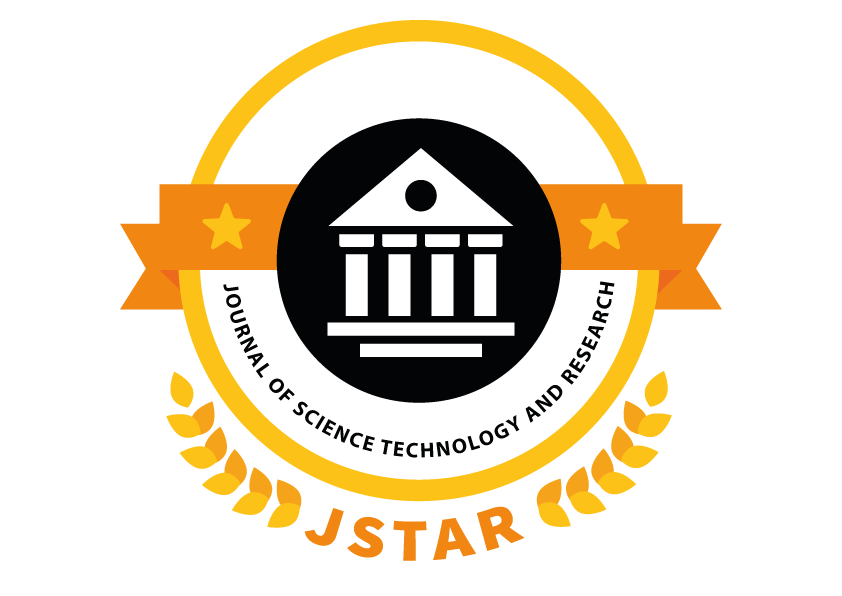Author:
Akila S, Prakash J, Dr Uma SPublished in
Journal of Science Technology and Research( Volume , Issue )
ABSTRACT :
Disease Identification using Machine Learning is transforming modern healthcare by enabling faster, more accurate diagnosis based on symptom analysis. This study explores a system that integrates Machine Learning (ML) and Natural Language Processing (NLP) to predict diseases using a symptoms dataset sourced from the UK’s National Health Service (NHS). The proposed model analyzes symptom frequency, similarity, and clustering to identify potential illnesses with high accuracy. Traditional diagnostic methods often rely on subjective interpretation, but ML models provide consistent, data-driven insights. By leveraging supervised learning techniques, the system can process large-scale health data to detect patterns between symptoms and specific diseases. The result is a scalable and intelligent tool that aids healthcare professionals in clinical decision-making. This approach also offers the potential for remote health monitoring and self-diagnosis through mobile or web-based applications. Ultimately, this research demonstrates how Disease Identification using Machine Learning improves diagnostic accuracy and efficiency in medical environments.
INTRODUCTION:
In today’s data-driven world, the integration of Artificial Intelligence (AI) into healthcare is transforming how diseases are identified and diagnosed. Machine Learning (ML), a vital branch of AI, enables systems to learn from medical data and make accurate predictions without explicit programming. With the rise of mobile health applications and online health portals, there is an increasing interest in symptom-based disease prediction systems. These systems utilize algorithms trained on large datasets to recognize patterns in symptoms and suggest possible diagnoses. Despite the success of earlier methods like Naive Bayes and clustering, many focused on specific diseases. This study aims to address that gap by using Natural Language Processing (NLP) with ML to analyze symptom-disease relationships from a trusted NHS dataset. By applying advanced data mining, frequency analysis, and clustering techniques, this approach enhances diagnostic accuracy while ensuring scalability and efficiency—offering a promising future for intelligent healthcare systems.
